There is not a camera-wielding tourist in the world who does not recognize the Taj Mahal’s onion dome and her four towering minarets. It is probably the iconic emblem of India; it brings 4 million visitors a year to the northern city of Agra.
It is also the greatest monument ever built to a man’s love for a woman. Here’s 9½ essential things you should know about it:
1. The total cost has been estimated at a 300 million US dollars in today’s currency.
Taj Mahal means ‘Crown of Palaces.’ It covers an area of about 1000 acres and the complex includes gardens and several other red sandstone buildings besides the famous white-domed marble mausoleum. Semi precious stones were used in the decoration of its walls; the cost was hideously expensive. Its construction nearly bankrupted Shah Jahan and marked the beginning of end for the Mughal Empire.
1½. By the way, the elaborately decorated sarcophagi in the mausoleum are fake.
Muslim tradition forbids elaborate decoration of graves so the bodies of Mumtaz and Shah Jahan were put in a relatively plain crypt beneath the inner chamber with their faces turned right towards Mecca.
2½. However magnificent it is today, it is not nearly as astounding as it once was.
For example, the tomb itself had gold lamps, a door of solid jasper, and gates of solid silver. Sadly, the Taj was long ago plundered of most of its loot. During the Indian Mutiny in 1857 British soldiers chiselled most of the precious stones from its walls. British viceroy Lord Curzon ordered a sweeping restoration project in the late nineteenth century and brought it back to something like its present condition. That’s why the gardens now look like they have been transplanted from an English country mansion.
3½. Shah Jahan had two other wives
When Shah Jahan married Arjumand Banu Begum in 1612 he already had two other wives. But he was soon so taken with her, that he lost all interest in the others.
He decided to forego his polygamous rights; and the court historians went to unprecedented lengths to document the intimate and erotic relationship the couple enjoyed. Her gave her the title ‘Mumtaz Mahal,’ (Jewel of the Palace) and she became his constant and trusted companion. He even gave her his imperial seal.
Despite her frequent pregnancies, Mumtaz travelled with the Shah on his extensive military campaigns, and it was on one such expedition to Burhanpur on the Deccan plateau that she died, while giving birth to their fourteenth child.
4½. After his wife died, it is said that his hair turned white overnight:
That’s probably an exaggeration. But he did go into secluded mourning for a year afterwards and when he reappeared again, he had turned grey. He was surely never the same man again; he was thirty when he lost the woman of his dreams, and was still laboring over her memorial when he was fifty.
5½. Bricks were used for the scaffolding
Instead of lashed bamboo, workmen constructed a colossal brick scaffold that mirrored the tomb. It was so enormous that site foremen estimated it would take years to dismantle. So when work was completed the Shah decreed that if anyone wanted the bricks, they could come and get them. Peasants dismantled the structure virtually overnight.
6½. A 1000 elephants were used to build it.
A fifteen kilometre earth ramp was needed to transport materials to the site; marble blocks were loaded on specially constructed wagons, with thirty oxen to each cart. One thousand elephants and 20,000 laborers were also employed. The translucent white marble was brought from Rajasthan; jade and crystal from China; the turquoise was from Tibet and the carnelian from Arabia.
The creative unit included sculptors from Bukhara, calligraphers from Syria and Persia, stonecutters from Baluchistan, as well as a specialist who carved only marble flowers.
7½. No, the Shah didn’t mutilate the craftsmen afterward.
There are persistent legends that Shah Jahan had the architect beheaded, and cut the hands off many of the artisans to ensure that no other building would ever rival the Taj.
No evidence exists for these claims.
8½. The Shah was overthrown by his own son soon after the mausoleum was finished.
Soon after the completion, Shah Jahan was deposed by his son Aurangzeb and put under house arrest at nearby Agra Fort. It is said that he could not see the Taj from his cell so he hung a crystal in the high window so he could see its reflection there. When he died, Aurangzeb buried him in the mausoleum next to his wife.
9½. The Taj may only be around for five more years
Agra is an industrial town. Acid rain from the nearby Matgura Oil Refinery is turning the marble yellow. To help control the pollution, the Indian government set up the Taj Trapezium Zone, a 4000 square mile area around the monument where strict emissions standards are in place. It’s probably too little too late.
The level of the Yamuna River is falling at a rate of 5 feet a year. In 2010, cracks appeared in parts of the tomb, as the wooden foundations of the tomb rot away due to lack of water. Some campaigners predict that the tomb may collapse within 5 years.
The Shah Jahan’s love may have lasted forever, but his monument to love may sadly not survive the modernization of India. So if seeing the Taj is on your bucket list, you should perhaps visit soon.
I hope you enjoyed my post. And because I want to see you all back here regularly, I am offering a free copy of Looking for Mr. Goodstory to anyone who joins my blog! It’s a collection of my favorite blog posts over the last six months – all you have to do is join up, then write to me at colin underscore falconer underscore author at hotmail dot com. I’ll send you a copy as a mobi Epub or PDF file!









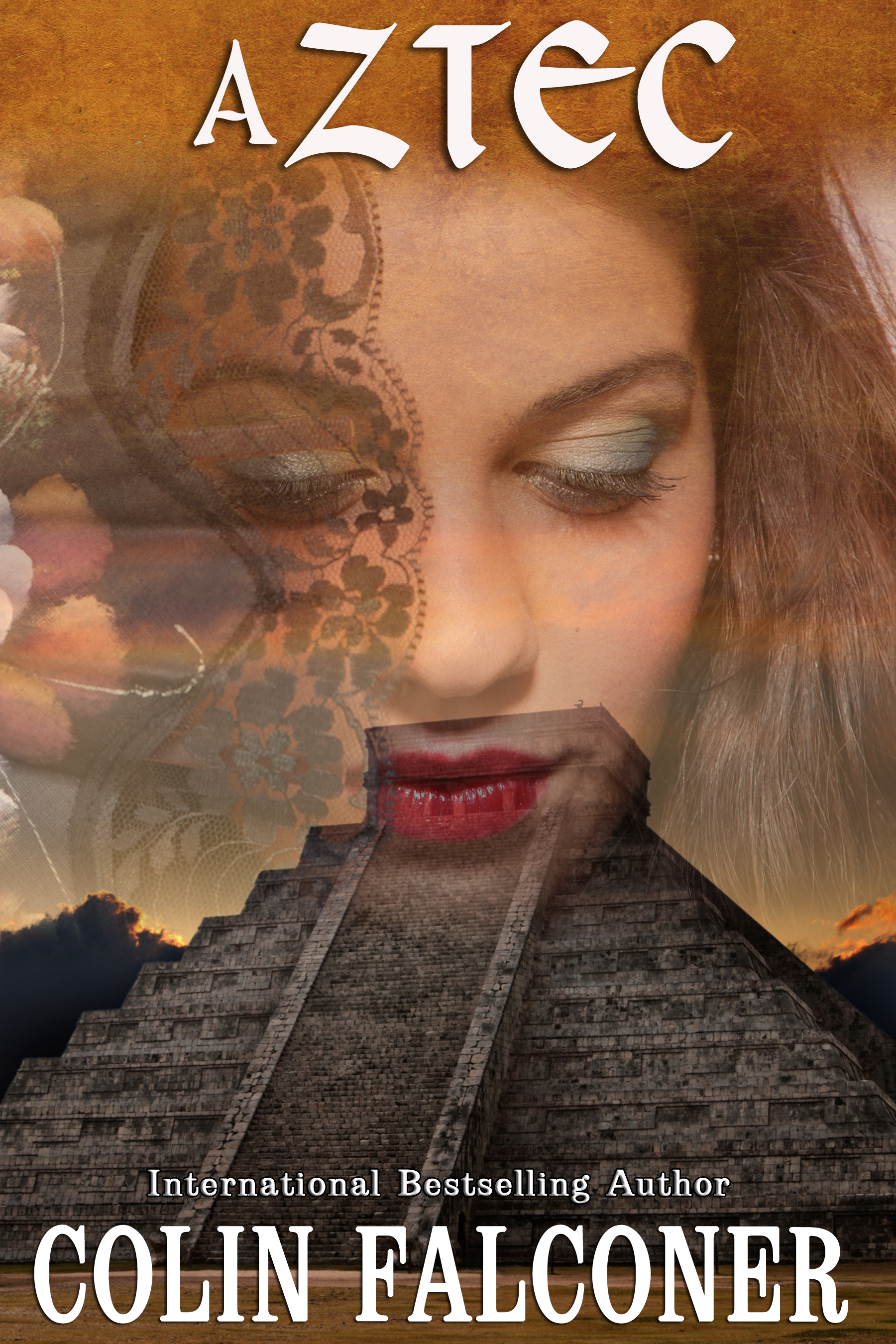






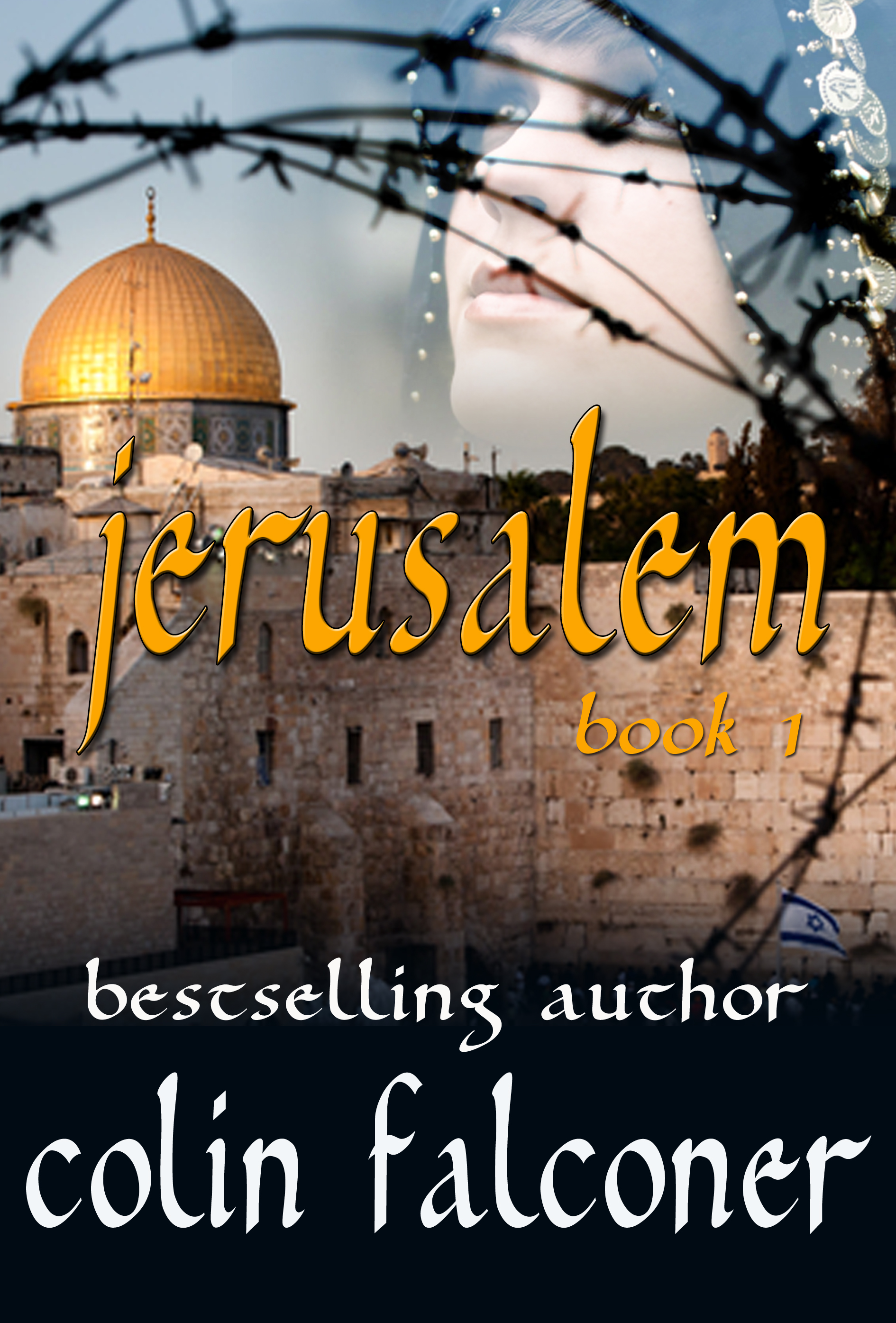

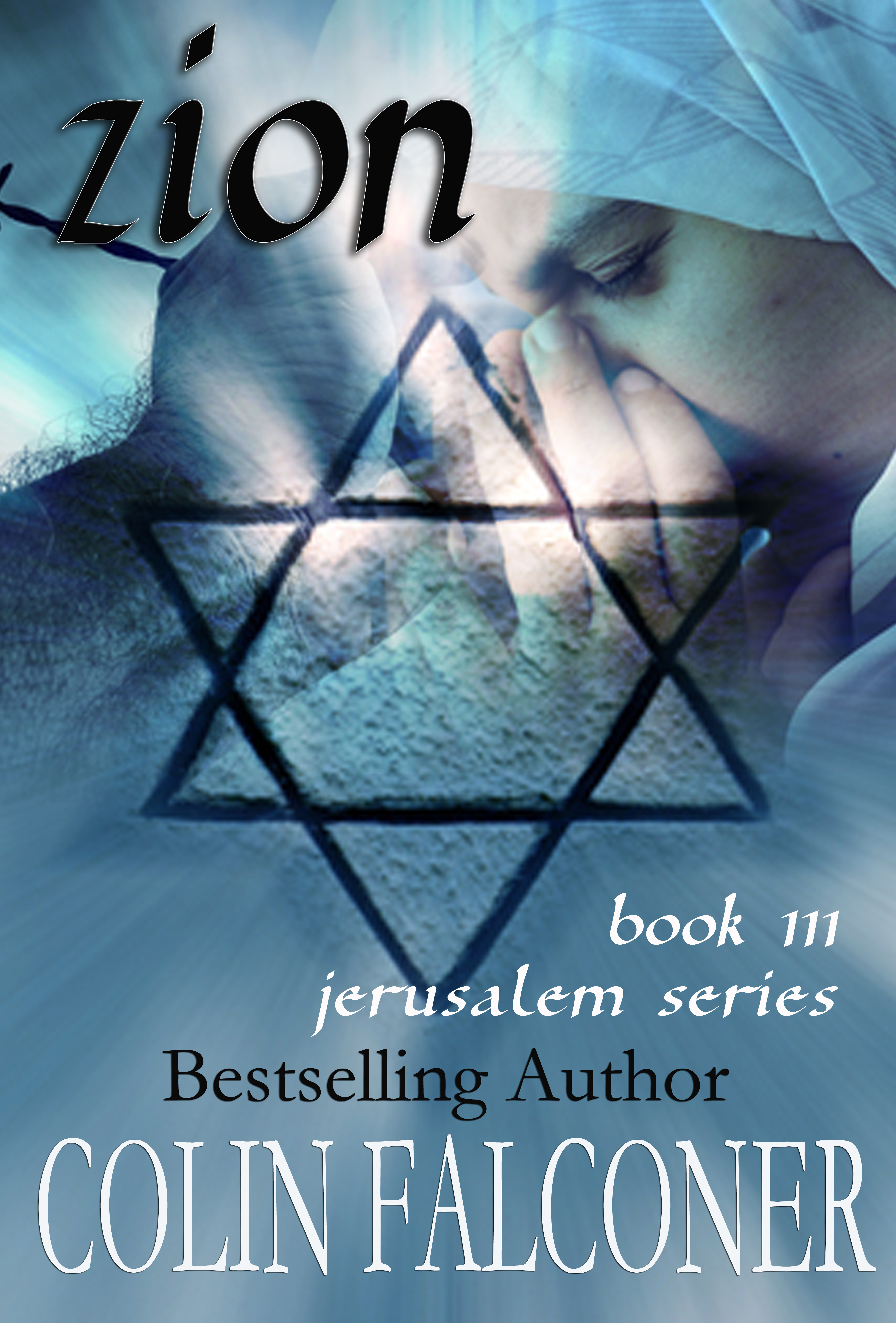


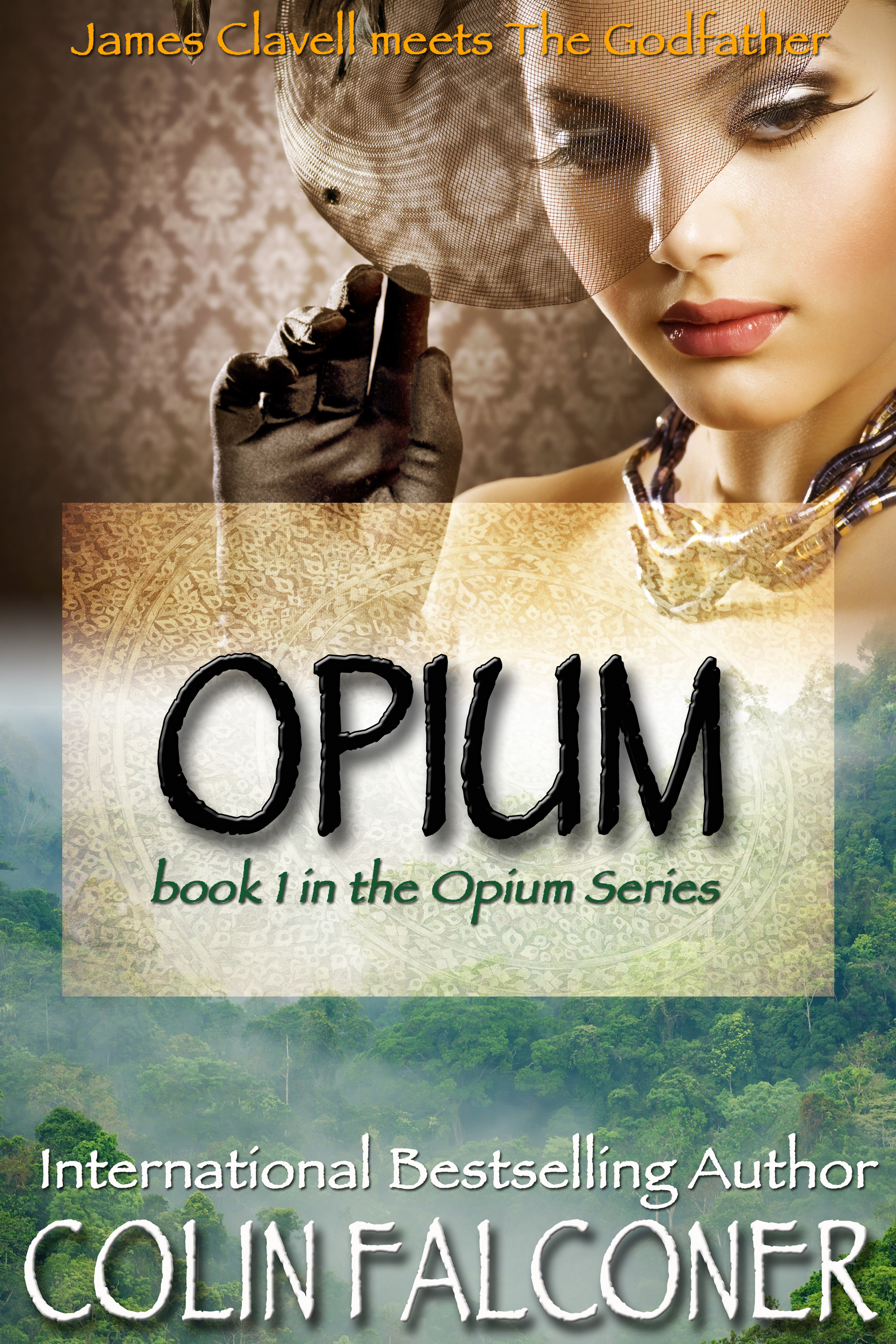

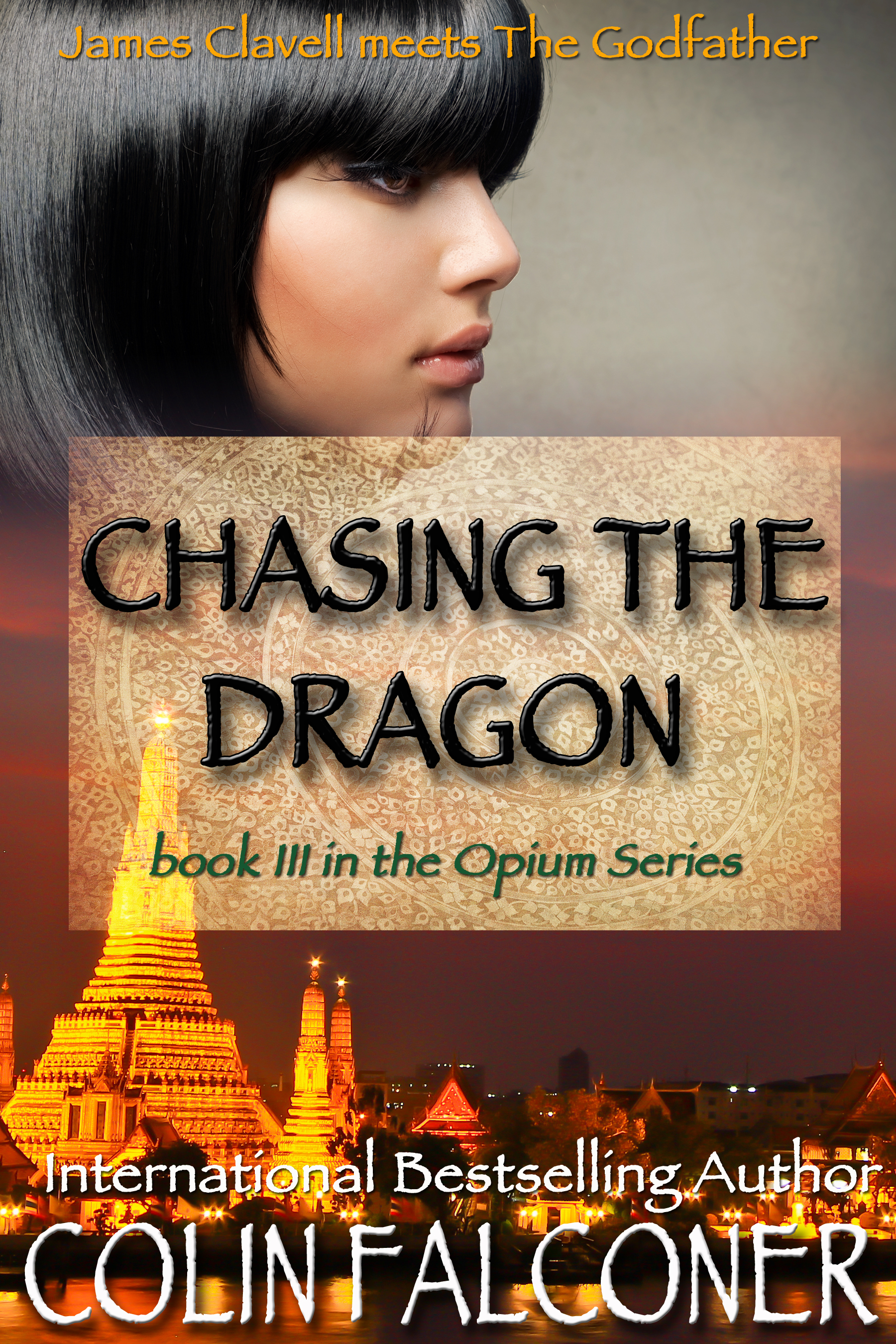
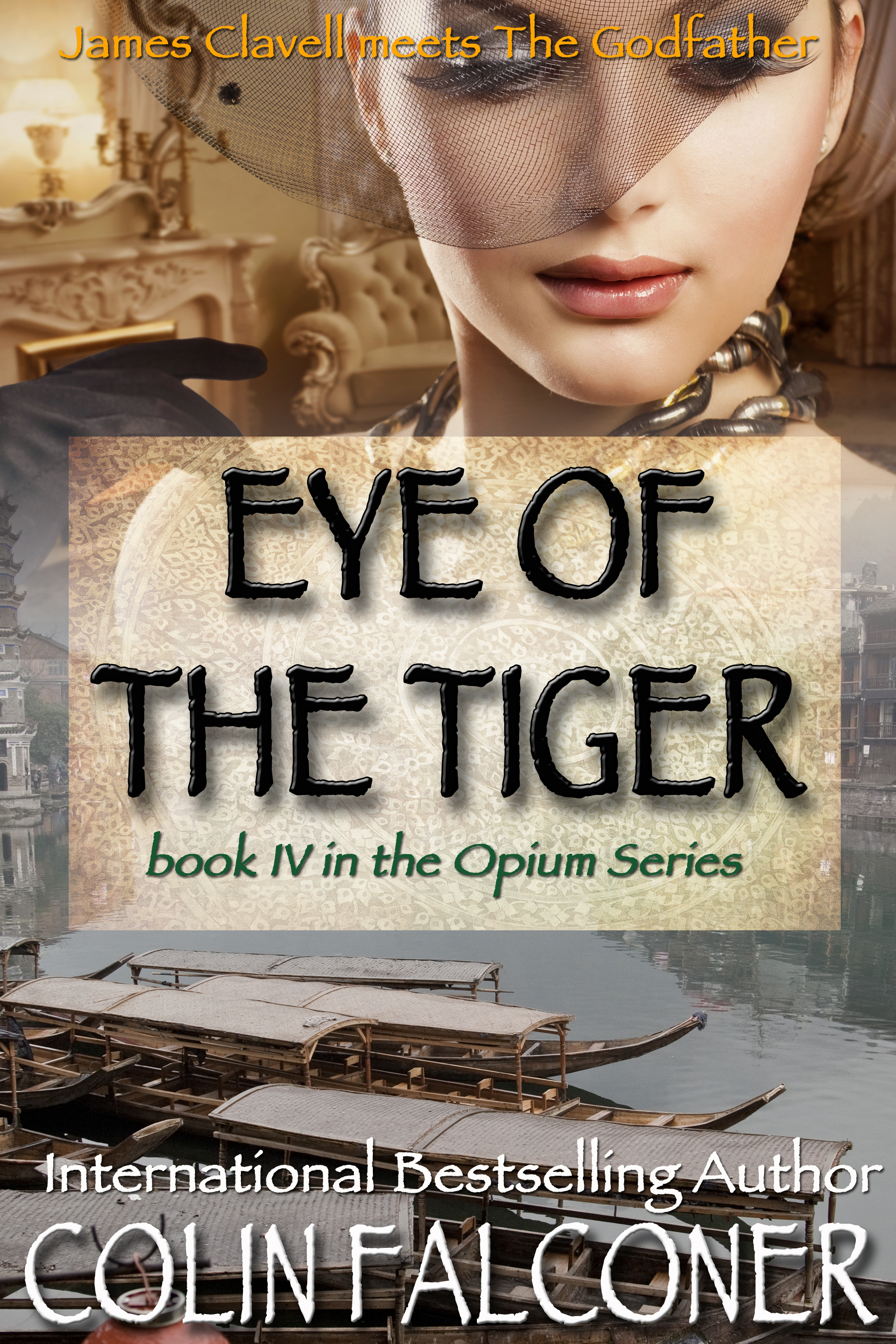
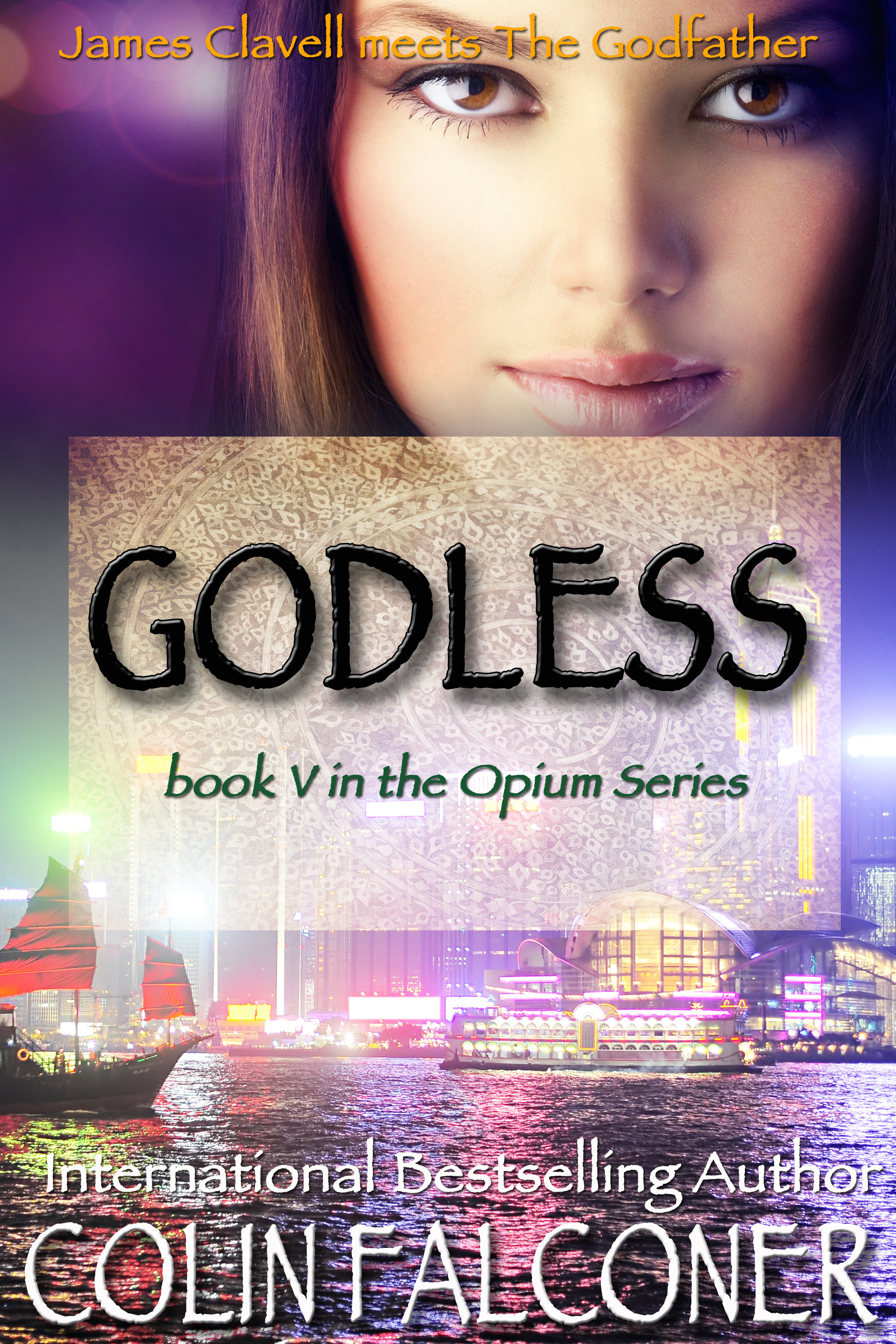





Such a beautiful story. I wonder if a film will ever be made about the Taj Mahal. Thanks for sharing.
Thanks Rita! I just hope they save it from the ravages of India’s modernization.
thanks for the info. it is on my list, and now it needs to move to the top.
Some facts I didn’t even know even though I’ve been to the Taj Mahal twice. Thanks